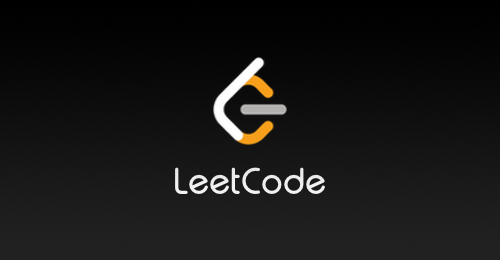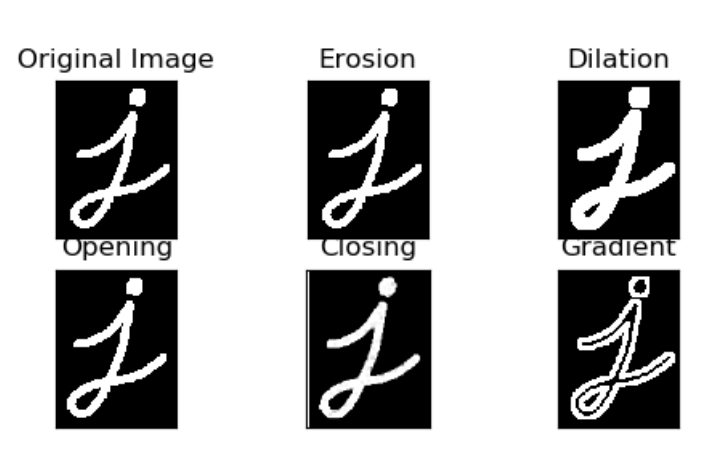66. Plus One
You are given a large integer represented as an integer array digits, where each digits[i] is the $i^{th}$ digit of the integer. The digits are ordered from most significant to least significant in left-to-right order. The large integer does not contain any leading 0’s.
Increment the large integer by one and return the resulting array of digits.
Example 1:
Input: digits = [1,2,3]
Output: [1,2,4]
Explanation: The array represents the integer 123.
Incrementing by one gives 123 + 1 = 124.
Thus, the result should be [1,2,4].
Example 2:
Input: digits = [4,3,2,1]
Output: [4,3,2,2]
Explanation: The array represents the integer 4321.
Incrementing by one gives 4321 + 1 = 4322.
Thus, the result should be [4,3,2,2].
Example 3:
Input: digits = [9]
Output: [1,0]
Explanation: The array represents the integer 9.
Incrementing by one gives 9 + 1 = 10.
Thus, the result should be [1,0].
I have come up with three solution
1. String Conversion Approach
d = ''.join(str(v) for v in digits)
m = [int(i) for i in str(int(d)+1)]
return m
Description: Converts the digit array to a string, joins it into a number, converts it to an integer, adds one, converts the result back to a string, and then creates a new list of integers.
Pros:
- Simple and easy to understand.
- Handles all cases (including large numbers) correctly.
Cons:
- Inefficient due to string conversion and memory allocation for a new list.
- Time complexity: O(n) for conversion and creating the new list, where n is the length of the digits array.
- Space complexity: O(n) for the new list and string operations.
- Less “natural” for the problem, as it relies on type conversions rather than directly manipulating the digits.
2. Iterative Digit-by-Digit Approach (First While Loop)
n = len(digits) - 1
while n >= 0:
if digits[n] == 9:
digits[n] = 0
else:
digits[n] += 1
return digits
n -= 1
return [1] + digits
Description: Iterates through the digits from right to left. If a digit is 9, it sets it to 0 and continues. If a digit is not 9, it increments it and returns the result. If all digits are 9, it prepends a 1 to the array.
Pros:
- Operates in-place, modifying the input array (except when prepending a 1).
- Time complexity: O(n) in the worst case (e.g.,
[9, 9, 9]), but often faster for cases where early digits are not 9. - Space complexity: O(1) for most cases, O(n) when a new list is created with
[1] + digits. - Intuitive and directly manipulates digits.
Cons:
- Slightly less concise than the third approach due to explicit loop and conditionals.
- The
[1] + digitsoperation creates a new list, which is less efficient when it occurs.
3. Carry-Based Approach
n = len(digits)
carry = 1
for i in range(n - 1, -1, -1):
digits[i] += carry
carry = digits[i] // 10
digits[i] %= 10
if carry == 0:
return digits
if carry == 1:
digits.insert(0, 1)
return digits
Description: Iterates from right to left, adding a carry (initially 1) to each digit. The carry is updated based on whether the sum exceeds 9, and the digit is set to the remainder (% 10). If a carry remains after the loop, a 1 is inserted at the start.
Pros:
- In-place modification (except when inserting a 1).
- Time complexity: O(n) in the worst case, but optimized with early exit when
carry == 0. - Space complexity: O(1) for most cases, O(n) only when inserting a 1.
- Elegant and mimics the arithmetic process of adding 1.
- Handles all edge cases cleanly.
Cons:
- Slightly more complex to understand due to carry logic.
- The
insert(0, 1)operation is O(n), though it happens only in rare cases (e.g.,[9, 9, 9]).
Comparison and Recommendation
| Aspect | String Conversion | Iterative Digit-by-Digit | Carry-Based | |————————-|———————–|——————————|—————–| | Time Complexity | O(n) | O(n) | O(n) | | Space Complexity | O(n) | O(1) or O(n) | O(1) or O(n) | | In-Place | No (new list) | Yes (except for prepend) | Yes (except for insert) | | Clarity | High | Moderate | Moderate | | Efficiency | Low | High | High | | Edge Case Handling | Robust | Robust | Robust |
Best Approach: The Carry-Based Approach (third approach) is the best overall. It is:
- Efficient: Operates in-place for most cases and has clear, arithmetic-based logic.
- Robust: Handles all edge cases (e.g.,
[9, 9, 9],[1, 2, 3]) correctly. - Concise: Balances clarity and compactness without relying on type conversions.
- Scalable: Mimics how addition works mathematically, making it easier to extend to similar problems.
The Iterative Digit-by-Digit Approach is a close second, as it’s also efficient and intuitive but slightly less elegant due to the explicit conditional checks. The String Conversion Approach is the least desirable due to its inefficiency and reliance on type conversions, which are unnecessary for this problem.
Conclusion: The carry-based approach is the best due to its efficiency, in-place operation, and clear arithmetic logic.
Souren

 Morphological Operations: Shaping and Restructuring
Morphological Operations: Shaping and Restructuring